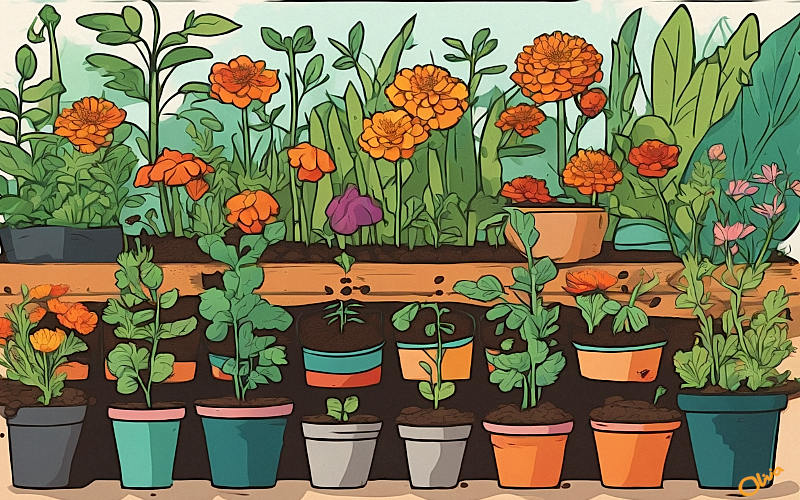-
There’s something really wonderful about seeing a seed turn into a beautiful flower or a juicy tomato. Gardening is often thought of as a hobby for one person, but it can also be a fun activity for the whole family. It asks us to…

-
Our grandmothers cleaned with less aggressive products than we do today but I have never gotten the feeling that their homes were much dirtier than our homes. They relied on such things as baking soda, ash, vinegar, lemon… Thier techniques have been lost in…

-
The our species as well as the rest of this planet's life forms have been exposed to many dangers thanks to our lack of preservation of the environment. What has this brought us as a society? For one it has led to a rediscovery…
-
The conception of a green world has gained increasingly important in the space of our society. Fridays For Future, Extinction Rebellion, and other grassroots style movements have taken a prominent position in media, opening up a platform for debate about the current state of…
-
What do the different species mean to our planet? The vastly different species are the building blocks of biodiversity and ecosystems, but over time more animal species are added to the list of endangered animals, according to data from the International Union for Conservation…
-
Biologist E. O. Wilson estimated in 2002 that if current rates of human destruction of the biosphere continue, one-half of all plant and animal species of life on earth will be extinct in 100 years. — E.O. Wilson, "The Future of Life" (2002) (ISBN…
-
In a world without plants, life as we know it would end. We would cease to exist. Plants feed on minerals and carbon dioxide to grow. Their bodies are rich in glucose that builds the basis of the food of animals and expel oxygen…
-
Our planet is dying and we have been watching it slow to act. Some of our neighbors have already passed away and more are dying right now. By the time you get done reading this and go onto something else another one of them…
Category: Climate Change
About
Life’s a painting and you’re the artist. But you are never finished. Each day is made up of a dozen different sketches, alone they will never be more than that, a sketch, yet they make up the context of our lives.
This is my sketch, one done with love.
Olivia
Recent Updates
Site Links

